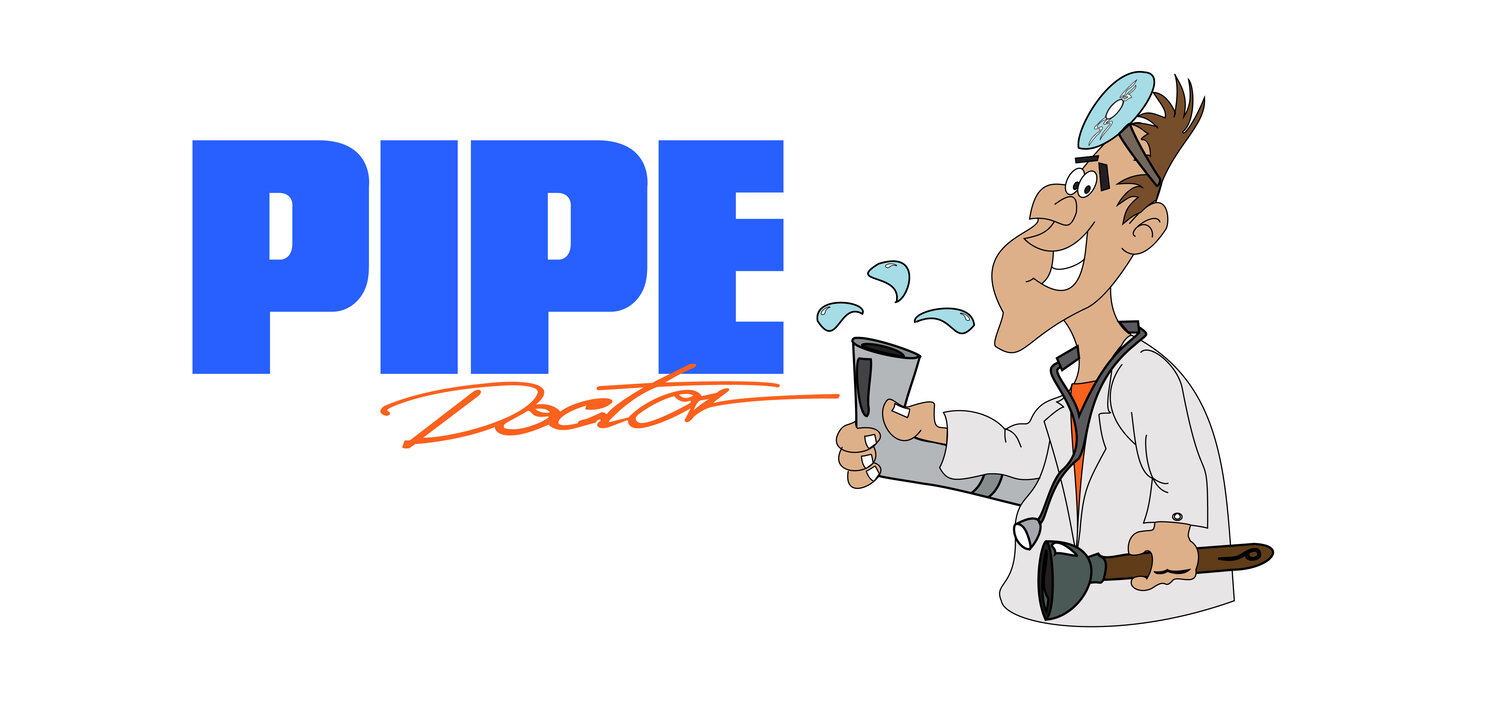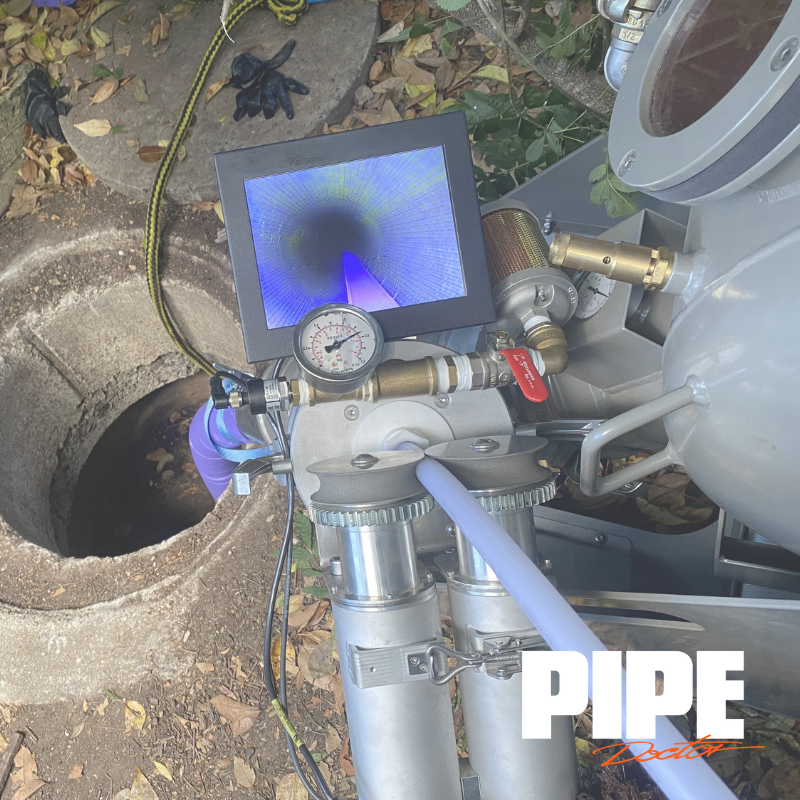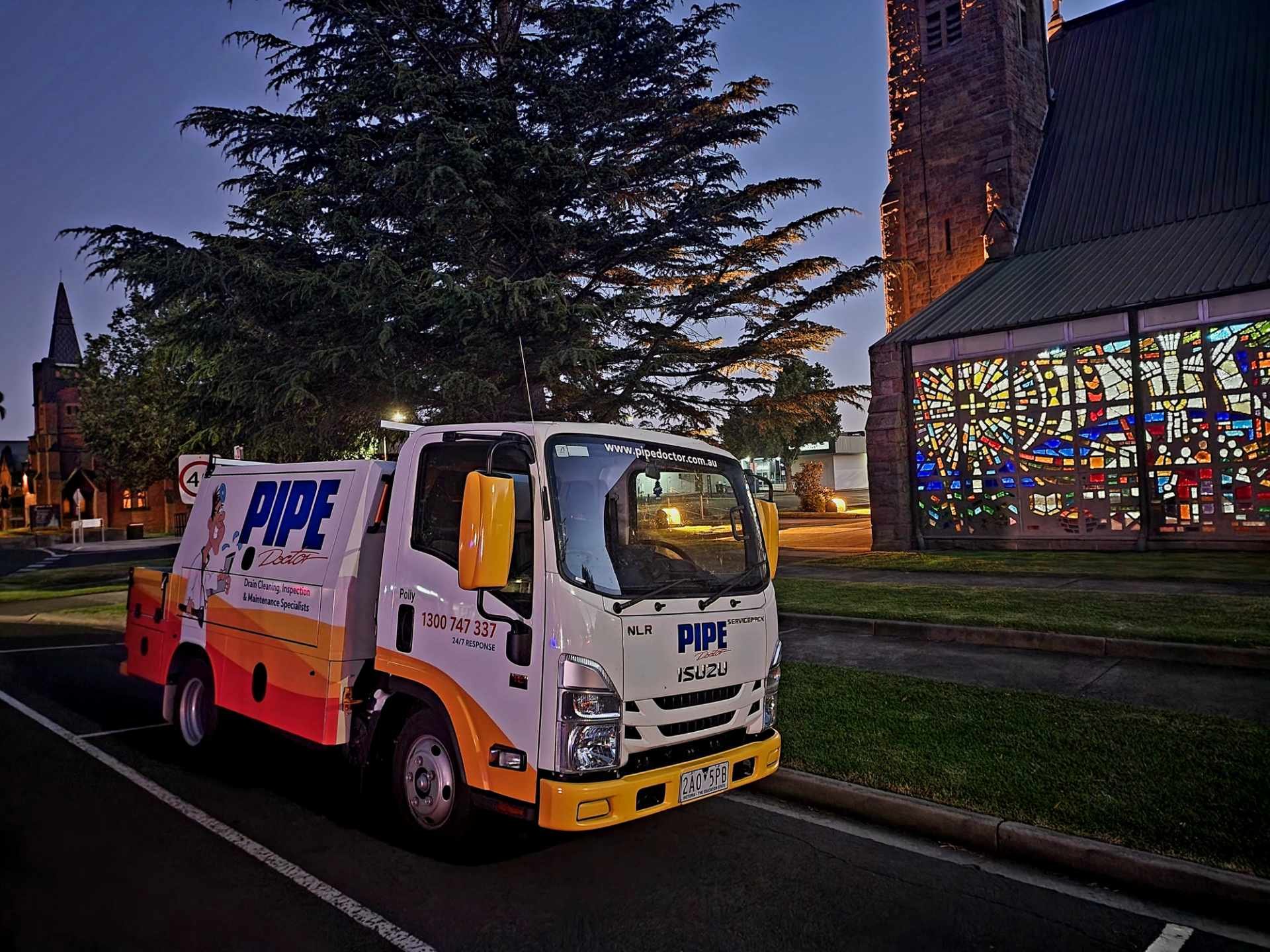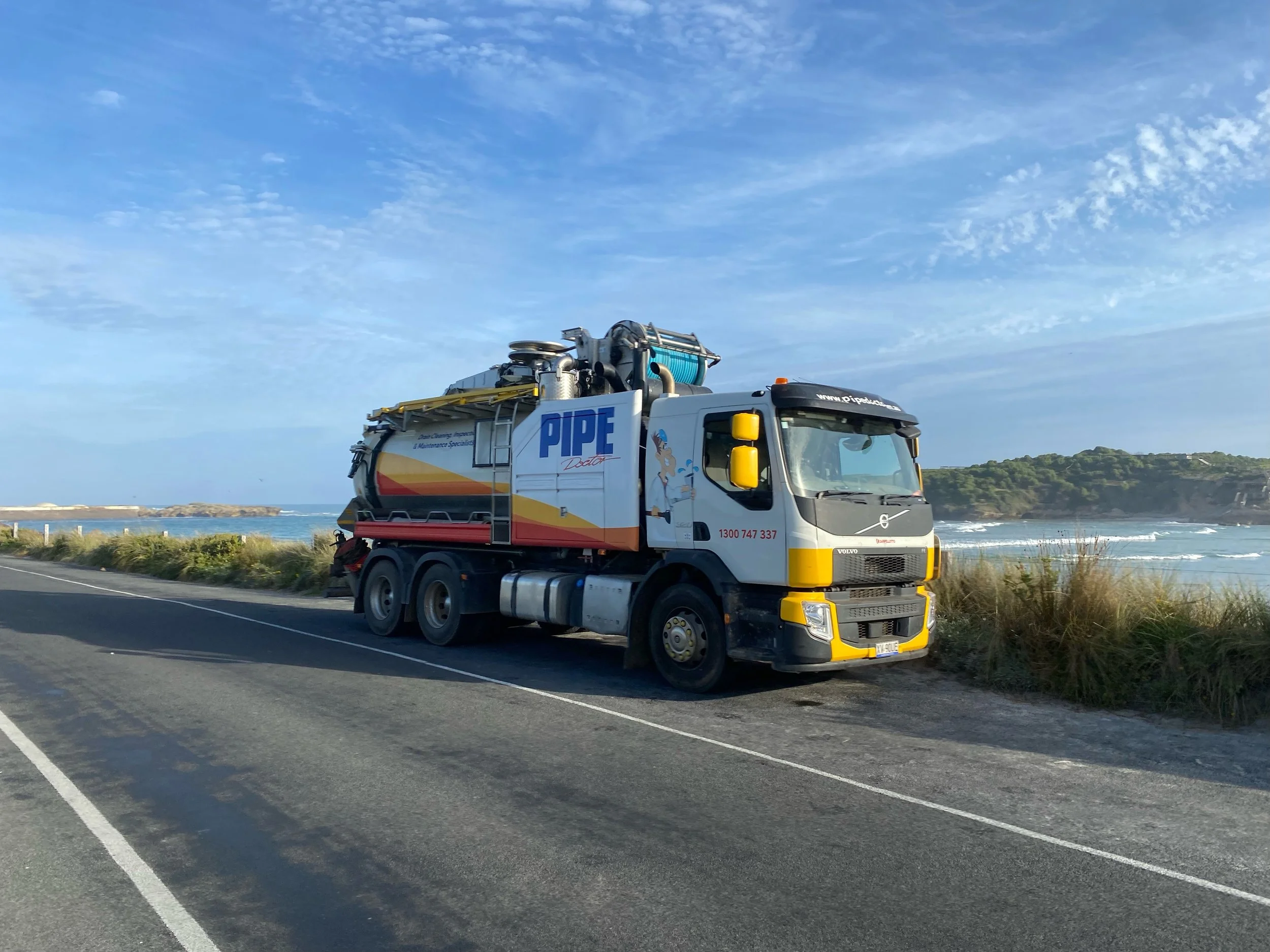The Future of Drainage Maintenance: How Technology is Transforming the Industry
The drainage industry is rapidly evolving, with new technologies enhancing efficiency, accuracy, and sustainability in infrastructure maintenance. Innovations such as AI-powered defect coding, Geographic Information Systems (GIS) integration, and advanced trenchless rehabilitation methods are reshaping how drainage systems are inspected, maintained, and repaired.
At Pipe Doctor, we stay at the forefront of emerging technology, ensuring we continue to provide cutting-edge solutions for councils, businesses, and property owners across Victoria and southern New South Wales. In this blog, we explore how these advancements are driving the future of drainage maintenance and what they mean for our industry.
1. AI-Powered Defect Coding: Smarter, Faster, More Reliable Inspections
Artificial Intelligence (AI) is revolutionising drainage inspections by introducing automated defect detection and coding. Traditionally, CCTV drain inspections require manual review by technicians, but AI-driven software can now analyse footage in real time, identifying defects with greater speed and accuracy.
✅ How It Works: AI algorithms process CCTV inspection footage, detecting cracks, blockages, deformations, and structural weaknesses. The system assigns defect codes based on industry standards, ensuring consistency and reducing the risk of human error.
🚀 Why It’s a Game-Changer:
Increased efficiency—AI can analyse hours of footage in minutes.
Consistent and accurate results—minimising variations in human assessments.
Predictive maintenance—by identifying trends, AI can help schedule preventative maintenance before issues become critical.
Cost-effective operations—reducing manual workload and improving decision-making for infrastructure management.
Scalability for larger networks—AI allows drainage inspections to be conducted across vast municipal systems with minimal human input.
AI-powered defect coding is increasingly being adopted across the drainage industry, with European companies leading the charge in integrating this technology into their workflows. As AI-driven solutions become more advanced, they are expected to set new global standards for drainage inspections, improving efficiency, accuracy, and predictive maintenance capabilities.
2. Integration of Geographic Information Systems (GIS): Smarter Drainage Management
Geographic Information Systems (GIS) are transforming how drainage networks are monitored, mapped, and managed. This technology integrates real-time drainage data with high-resolution mapping, providing an interactive view of underground infrastructure.
✅ How It Works: GIS platforms collect and visualise CCTV inspection data, flow rates, pressure levels, and maintenance records, overlaying them onto detailed maps. This allows councils and businesses to track system performance, predict failures, and optimise resources.
🚀 Why It’s a Game-Changer:
Enhanced asset management—enables proactive maintenance based on real-time data.
Faster response times—allows field teams to locate and address drainage issues quickly.
Improved long-term planning—supports smarter infrastructure investment and expansion.
Better regulatory compliance—ensures councils and businesses meet environmental and operational standards.
Data-driven decision-making—helps optimise resource allocation for cost-effective drainage maintenance.
GIS technology is increasingly being used across Australia to enhance stormwater and sewer management. By integrating real-time data with high-resolution mapping, GIS enables councils and infrastructure managers to better monitor and maintain drainage networks, helping to optimise maintenance strategies and reduce long-term operational costs.
3. Advanced Trenchless Rehabilitation Methods: The Future of Pipe Repairs
Traditional pipe repairs often require extensive excavation, which can be disruptive, time-consuming, and costly. However, trenchless rehabilitation methods are changing the game by allowing pipes to be repaired from the inside out.
✅ How It Works: Using techniques such as Cured-in-Place Pipe (CIPP) and UV relining, damaged pipes are reinforced without the need for digging. A flexible resin liner is inserted into the pipe, inflated, and cured in place, creating a seamless, durable new pipe within the old structure.
🚀 Why It’s a Game-Changer:
Minimally invasive—reduces disruption to properties, roads, and infrastructure.
Cost-effective—eliminates the need for expensive excavation and restoration.
Long-term durability—newly relined pipes can last 50+ years, improving drainage reliability.
Environmental benefits—reduces excavation waste and preserves existing infrastructure.
Faster repair timelines—compared to traditional pipe replacement methods.
Increased accessibility—trenchless methods allow for rehabilitation in hard-to-reach areas, including beneath roads, buildings, and waterways.
Trenchless technology has become a global standard in modern drainage maintenance, with European markets at the forefront of innovation. As these advanced methods gain traction, Australia is increasingly adopting trenchless rehabilitation as a preferred solution for pipe repairs. Techniques such as CIPP and UV relining are enabling infrastructure managers to extend the lifespan of aging drainage networks while minimising disruption to communities and the environment.
The Future of Drainage Maintenance: Embracing Innovation
Technology is playing a critical role in shaping the future of drainage maintenance, making inspections more accurate, repairs less disruptive, and asset management more efficient. The industry is continuing to invest in AI-driven automation, digital infrastructure mapping, and trenchless repair techniques, ensuring that maintenance solutions remain cost-effective and environmentally sustainable.
At Pipe Doctor, we are committed to staying ahead of industry advancements, ensuring our clients benefit from the latest innovations in drainage technology.
📅 Want to learn more about emerging drainage technologies? Contact Pipe Doctor today to find out how our expertise and cutting-edge methods can help keep your drainage system in peak condition!
When you have a drainage disaster, you can count on us to get you back up and running.
“Knock, Knock, Pipe Doctor” 1300 747 337












